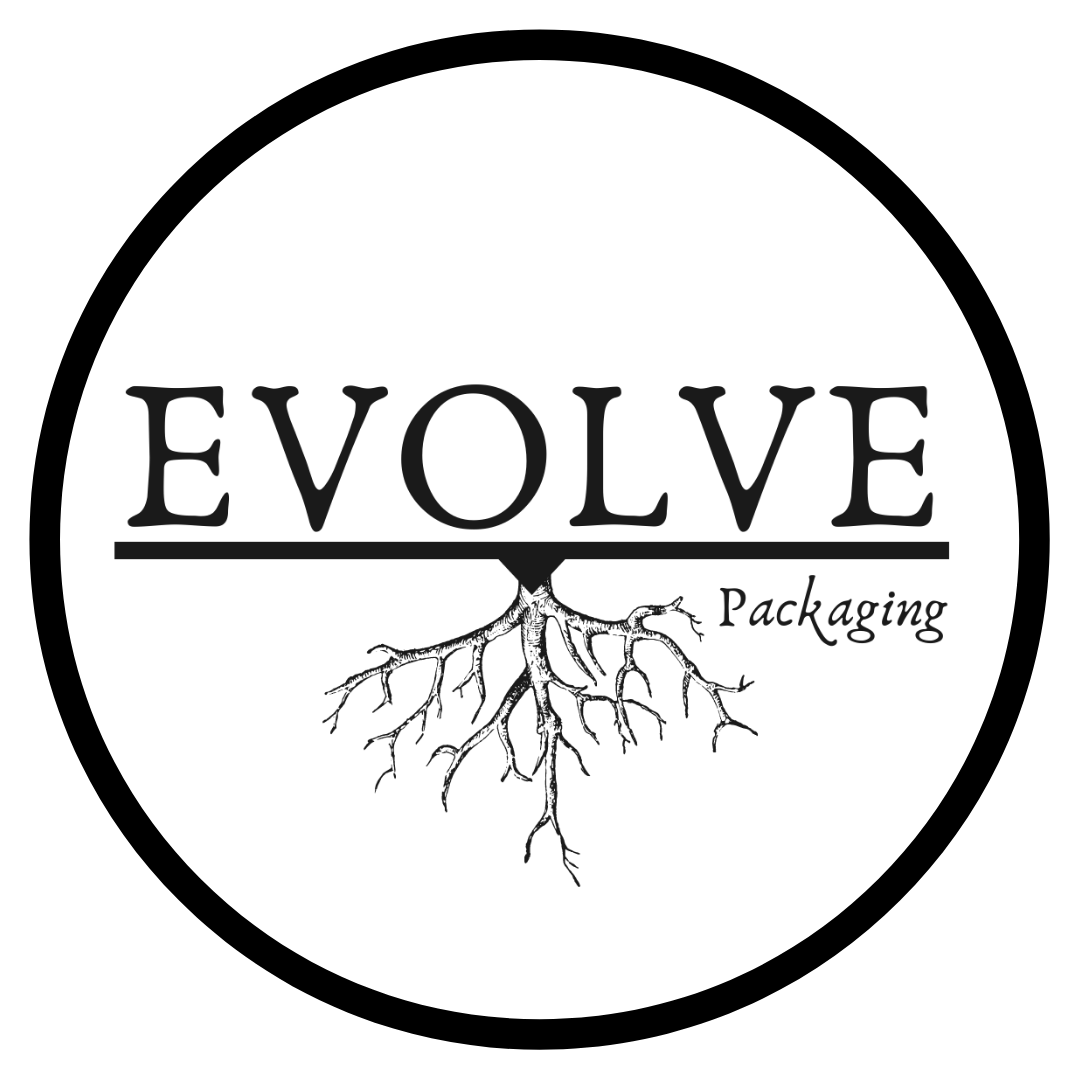How to mix protection and quality, while still being eco-friendly
Early examples of food packaging include clay pots and baskets made from natural, renewable, materials. As human civilization developed, so did the methods and materials used for packaging food.
There have been some key milestones in the history of food-grade packaging including the development of tin cans in the 18th century. They revolutionized the way that food was preserved and transported. Canned food was able to be stored for longer periods of time and could be shipped over long distances, which helped to increase the availability of a wider variety of food.
The invention of the glass bottle was in the 19th century and was quickly used to package food and other products. It became very popular due to its durability and ability to preserve the quality and flavor of the contents.
In the 20th century, new flexible materials such as plastic and aluminum foil were developed, which paved the way for the development of flexible packaging such as bags, pouches, and sachets. These materials were lightweight and easy to transport, which made them popular for packaging a wide variety of products.
In recent years, there has been a growing focus on sustainability in the food packaging industry, with an emphasis on using materials that are recyclable or biodegradable as well as reducing the amount of packaging used. Within the food industry specifically, there still remains a higher requirement for anti-microbial properties that allow the product to breath, without allowing contamination to enter the package.
Throughout history, food grade packaging has evolved to meet the changing needs of consumers and the food industry, and will continue to do so in the future.
Ready to submit a request for a quote?
%
of the millions of tons of waste produced in the U.S. every year comes from packaging materials
metric tons of human discarded plastic waste ends up in the ocean every year, mostly from food packaging
%
of all food produced worldwide is lost or wasted along the supply chain
%
reduction in losses in the U.S. food supply would save enough food to feed 25 million Americans annually
Ways to be more Sustainable with your food Packaging
The most impactful way for a business to become more sustainable with their packaging is by first choosing the most eco-friendly material that is appropriate for your product. The packaging material should be environmentally friendly and should be able to be recycled or disposed of in a responsible manner more conducive to a circular economy.
Next, take the entire packaging design into consideration with the goal to minimize the amount of raw material used while still being able to protect and preserve the contents of the package. This can be achieved through analyzing your use of heavyweight vs. lightweight materials and partnering with us to create innovative design techniques.
Packaging should be designed with recycling in mind, clear recycle labels and instructions on how to dispose of the packaging in the most eco-friendly way possible.
Another way to become more environmentally conscious is to work reusability and multi-functionality into the packaging design. Materials that can be reused by the consumer are more likely to be chosen than those that are disposable after one use.
There are more compostable and biodegradable plastic packaging options available every year that are advancing in their barrier properties, in the event that your packaging misses the circular recycling waste stream, it will bioassimilate back into nature within 6-24 months by being broken down by natural processes and returned to the environment, rather than contributing to waste and pollution.
Material safety
It is important that the packaging material is safe for use in contact with food and beverages. This means that it should not leach any chemicals into the contents of the package, and should not pose a risk of contamination.
Functionality
The packaging should be able to effectively contain and protect the contents of the package and should be appropriate for the type of food or beverage being packaged. For example, packaging for liquids should be leak-proof, and packaging for perishable products should be able to maintain the freshness and quality of the product.
Barrier Properties
Food grade packaging should be able to protect the contents of the package from external factors such as oxygen, moisture, and light, which can affect the quality and shelf life of the product.
convenience
The packaging should be easy for consumers to open, close, and use. It should also be easy to store and transport, and should be appropriate for the intended use of the product.
%
of all U.S. consumers – and 80% of adults under 34 – are willing to pay a premium for sustainable products
Let’s bring your dreams to market!
We’d love to hear from you! Whether you have a question, comment, or just want to say hi, please don’t hesitate to get in touch.
Simply fill out the form below and we’ll be in touch as soon as we can.








